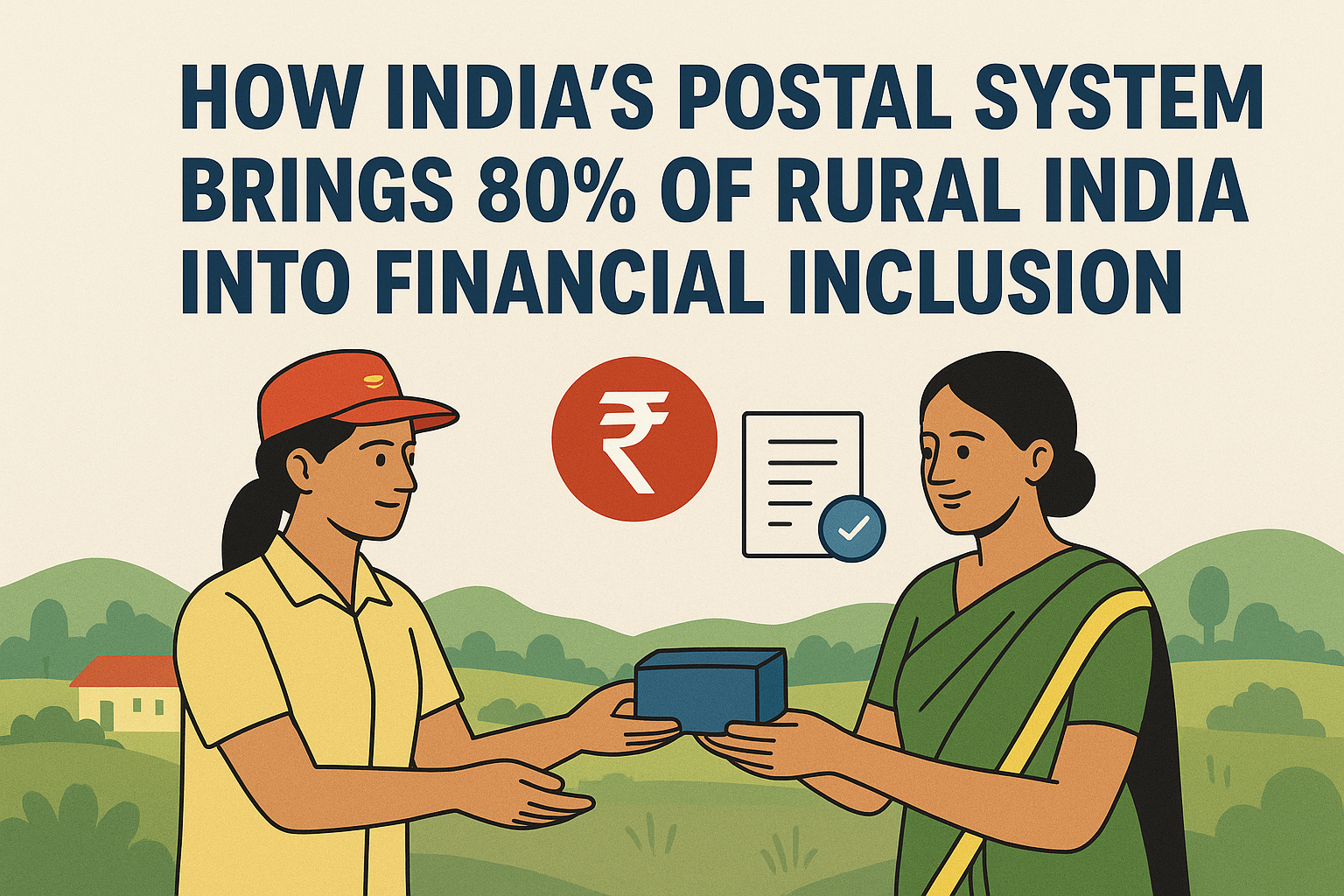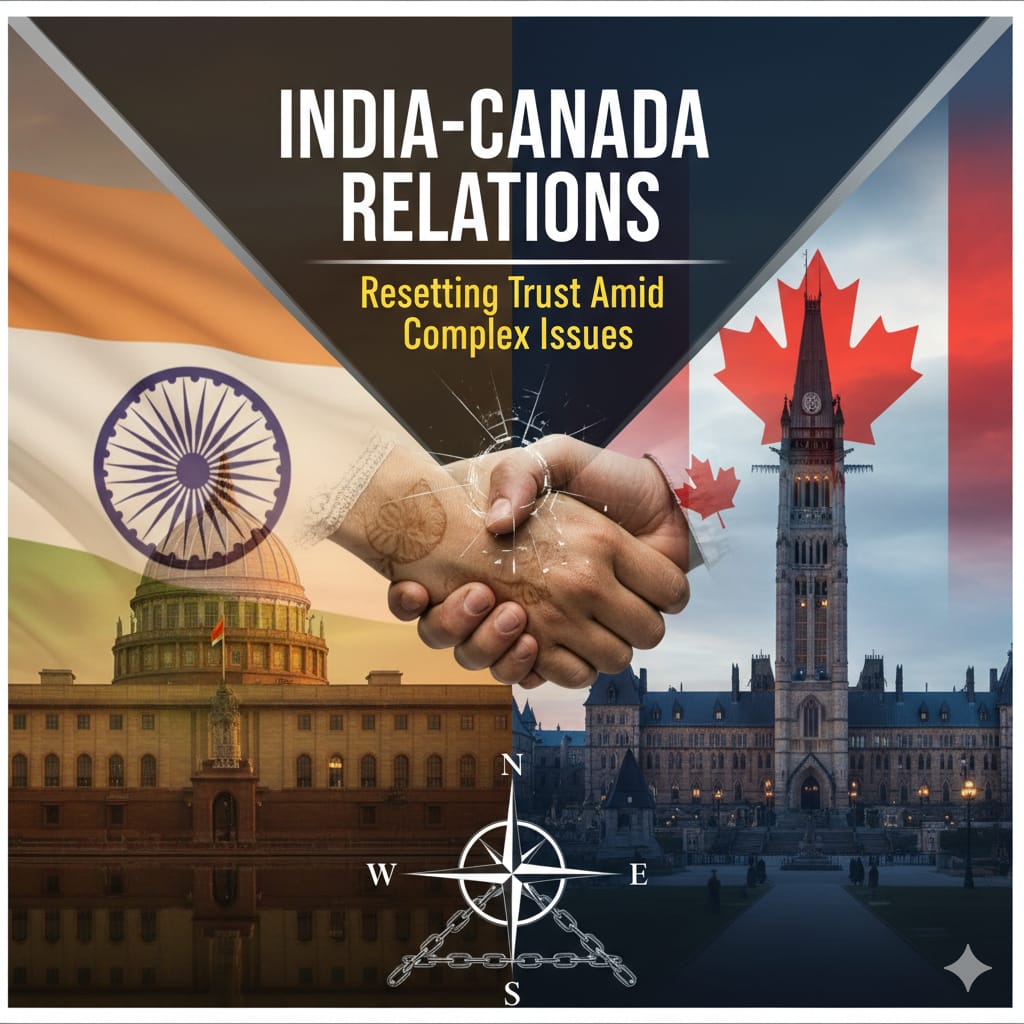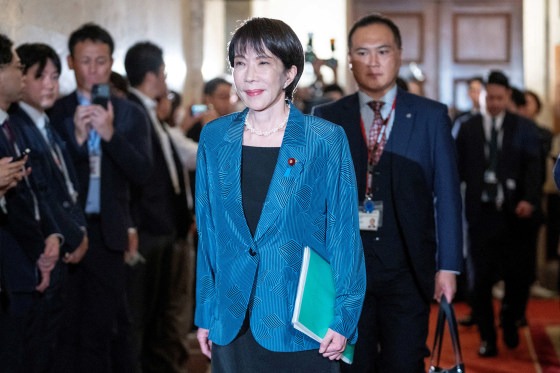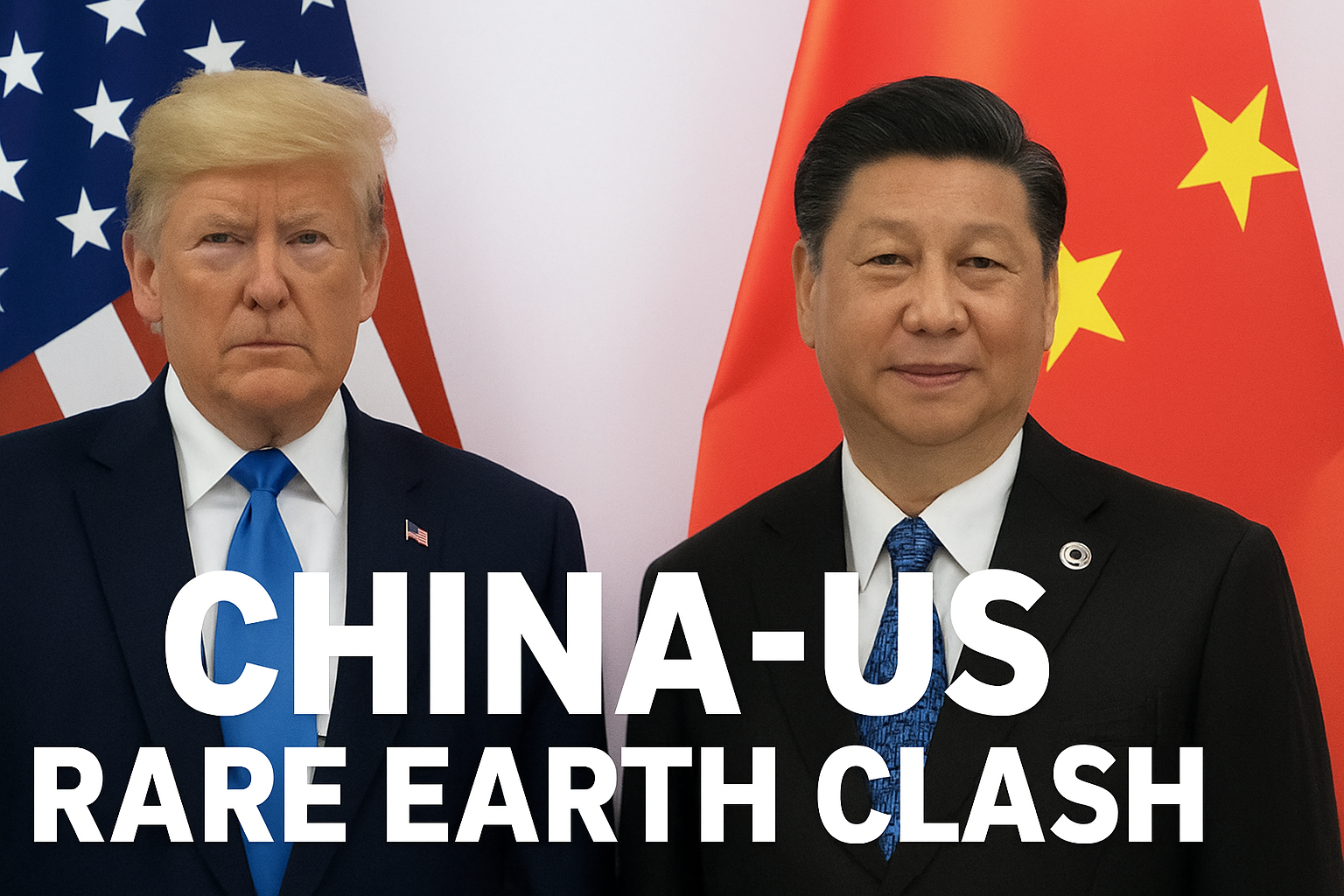
The story of India’s postal system is not just about stamps, letters, or money orders. It is a story of transformation where a service once thought to be fading has emerged as a bridge to financial inclusion. At a time when technology is reshaping economies, the Indian postal network with its 1.6 lakh post offices has quietly rewritten its role. Nearly 80 percent of its beneficiaries today are from rural India. This is not merely a statistic, but a revolution in access, dignity, and empowerment.
The turning point came with the launch of the India Post Payments Bank (IPPB) in 2018. The vision was clear: no citizen, regardless of geography, gender, or circumstance, should be excluded from the formal economy. Postmen and women, familiar faces in every corner of the country, were given a new responsibility. They were no longer just carrying letters but also carrying access to banking. By bringing services to the doorstep, they became partners in a movement where banking was woven into the daily life of ordinary Indians.
Today, IPPB serves more than 120 million customers, and the figures tell a story of deep change. Nearly 59 percent of the accounts belong to women, showing how the service has become a quiet revolution in gender empowerment. Financial inclusion is no longer a phrase in government policy but a lived reality in villages where people once walked miles to reach a bank branch. Every two seconds, a new person joins this network, reflecting the speed of the transformation.
The numbers are striking. Deposits are nearing 20,000 crore rupees and revenue has already touched 2,200 crore rupees with profits of 134 crore. Over 13 lakh crore rupees worth of digital transactions have been executed, making India a global leader in real-time payments. More than one billion doorstep banking services have been delivered, each transaction an example of trust and accountability. This is not just about money but about creating confidence that every rupee, every subsidy, and every pension is secure and directly accessible.
For rural India, where banks and ATMs are often too far away, the importance of such access cannot be overstated. In Assam and Meghalaya, for instance, women-led self-help groups now accept QR code payments, transforming their ventures into stronger enterprises. In Arunachal Pradesh, subsidies and pensions are delivered to people’s homes, bringing not just convenience but also dignity. The sight of a postman walking into a village is no longer about letters alone, it is also about economic empowerment.
This success is not faceless. Every service is Aadhaar-enabled and paperless, but it is delivered by real people. The trust that postmen and women have built over generations is now being carried into the financial sector. By integrating villages into the digital economy, they have become agents of a national economic engine. This effort is also closely tied to the government’s Act East policy, where connectivity and inclusion in the Northeast Region have been made possible largely through the postal system.
The impact on social fabric is significant. In the past, villagers often relied on informal credit or middlemen. This left them vulnerable to exploitation. With the postal network enabling secure accounts and direct transfers, the dependence on such practices has reduced. For women, who often had no financial identity, having their own account has meant independence and confidence. For senior citizens, receiving pensions at their doorstep is not just financial support but also respect.
What makes this story extraordinary is that it comes from an institution once seen as redundant in the digital age. Many believed that emails and mobile banking would render post offices irrelevant. Instead, the postal system has shown remarkable resilience. By adapting to new roles, it has not only survived but also become a leader in inclusion. It has demonstrated that technology alone cannot transform lives unless there is trust, reach, and persistence behind it.
The eighth year of IPPB shows that financial inclusion is not an abstract goal. It is visible in every village where subsidies arrive on time, in every self-help group that grows stronger with digital payments, and in every household where women now control their savings. The postal network has become the largest doorstep banking network in the world. More importantly, it has restored faith that old institutions, when reimagined, can serve new purposes.
This is not just the story of banking. It is the story of how India is carrying a quiet revolution in the hands of its postmen and postwomen. Every step they take through forests, fields, and villages is a reminder that inclusion is not about grand speeches but about delivering services to the last doorstep. In that sense, the Indian postal system has not only delivered letters but also delivered a new chapter of empowerment for rural India.




.jpeg)





.jpeg)



.jpeg)



.jpeg)
.jpeg)
.jpeg)
